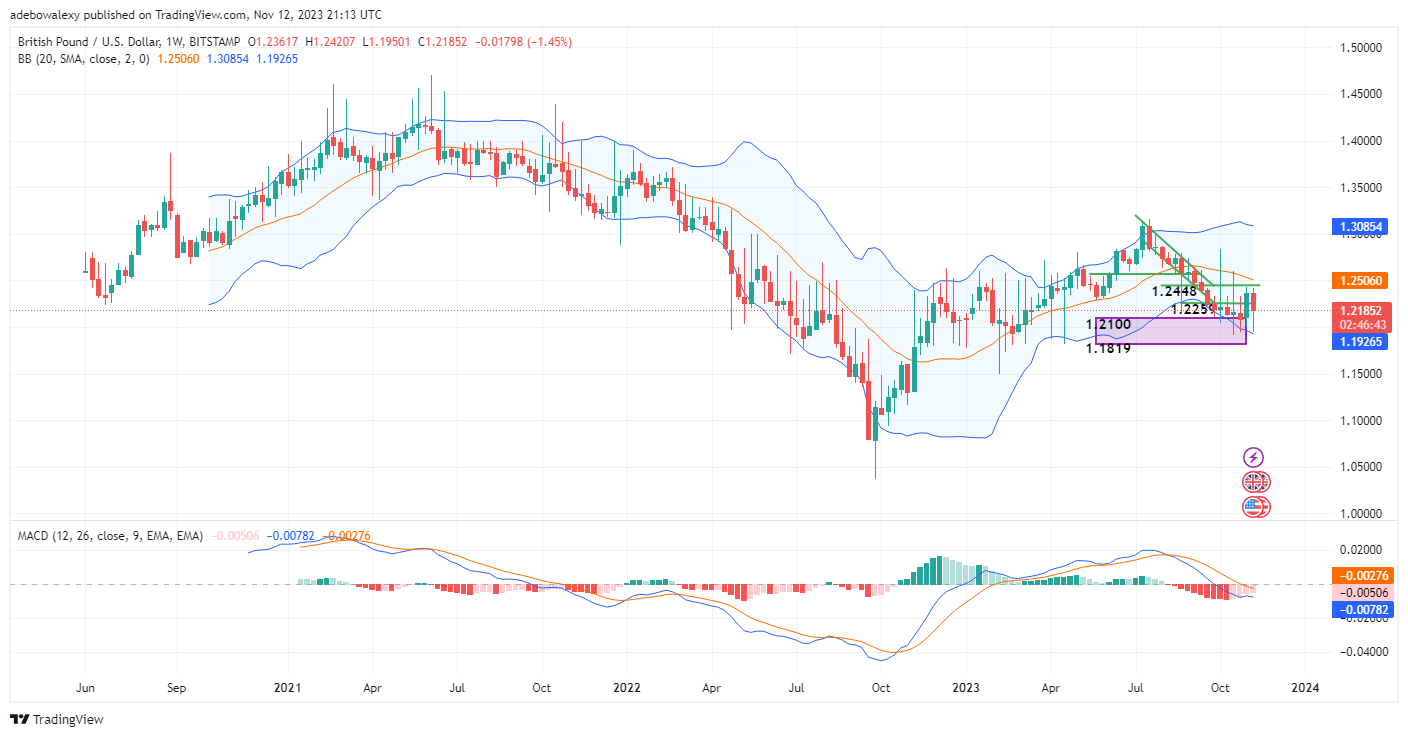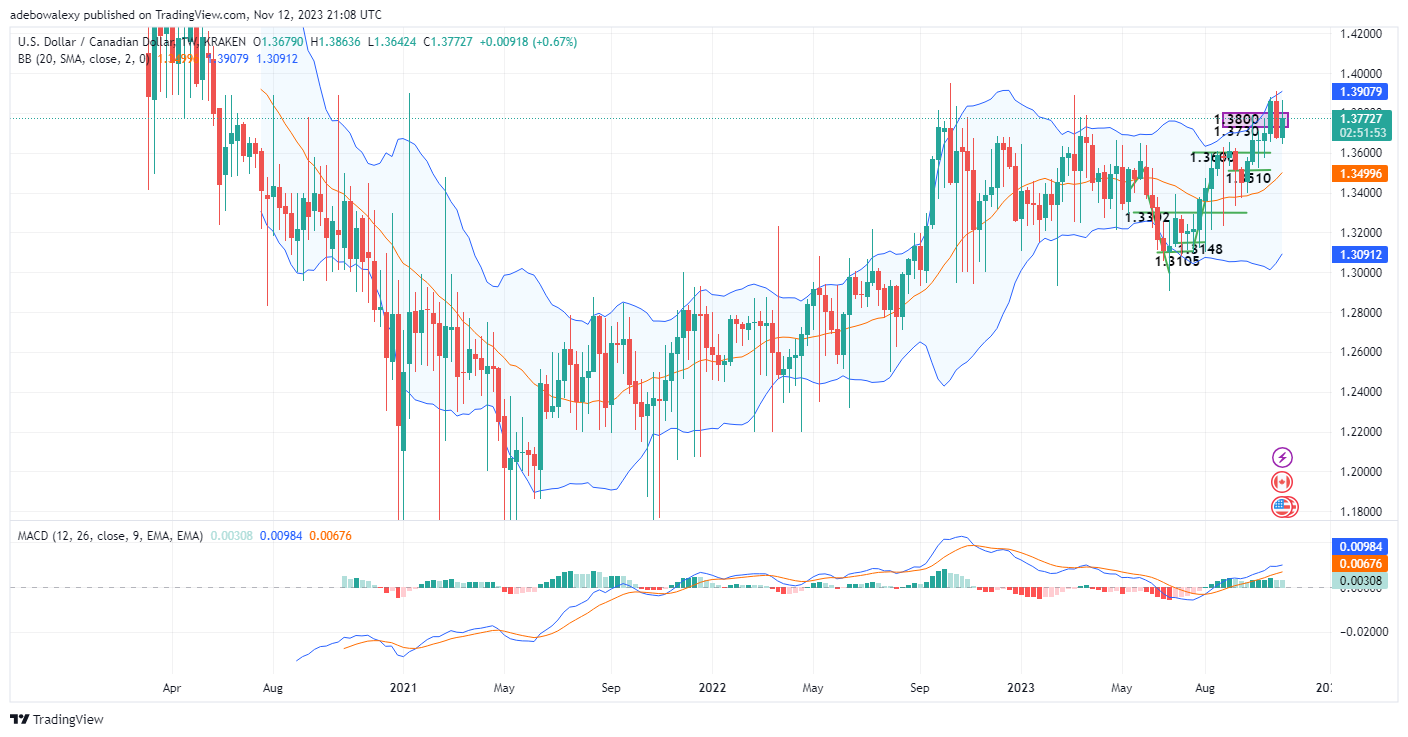Understanding the 52-Week High/Low Concept
Don’t invest unless you’re prepared to lose all the money you invest. This is a high-risk investment and you are unlikely to be protected if something goes wrong. Take 2 minutes to learn more

The concept of the 52-week high/low reflects the peak and bottom stock values observed within a year-long period. The 52-week High signifies a stock’s highest price achieved over the previous year, whereas the 52-week Low represents its lowest price during that period. Traders and investors often leverage this measure to assess a stock’s performance across extended timeframes.
How to Obtain the 52-Week High/Low
Deriving the 52-week high/low involves a straightforward process: observing a stock’s highest and lowest prices within the last year. This entails tracking the stock’s price movements by monitoring daily closing prices, enabling the identification of both the highest and lowest prices witnessed over 52 weeks. This process can be facilitated through various tools like spreadsheets or dedicated tracking software, enabling investors to conveniently scrutinize a stock’s price fluctuations.
Beyond monitoring the peak and trough prices, investors often account for additional elements when computing the 52-week high/low. Considering factors beyond solely the price includes evaluating any dividends or distributions dispensed by the stock in the preceding year. This broader assessment is crucial, as these payouts can significantly influence the stock’s comprehensive performance analysis.
The Usefulness of 52-Week High/Low in Investment Analysis
The 52-week high/low holds significance as it offers investors a broader view of a stock’s performance over an extended period. In contrast to metrics confined to shorter time frames, the 52-week high/low encompasses a stock’s performance throughout the past year. This comprehensive view contributes to a more accurate assessment of the stock’s overall performance, aiding investors in making more insightful investment choices.
Investors closely monitor the 52-week high/low for various purposes, primarily to detect stocks exhibiting upward or downward trends. When a stock achieves its recent 52-week High, it signals a period of strong performance that might persist. Conversely, a recent attainment of the 52-week Low by a stock indicates underperformance, potentially persisting in the near term.
Advantages and Limitations of Employing a 52-Week High/Low as an Indicator
Employing the 52-week high/low as an indicator offers benefits by providing investors with an extensive view of a stock’s performance, aiding in trend identification and informed investment decisions.
Additionally, this approach helps recognize overvalued or undervalued stocks, assisting investors in spotting potential opportunities. However, a downside to relying solely on the 52-week high/low is its potential limitation in accurately predicting short-term price movements.
Utilizing 52-Week High/Low to Assess Stocks
Investors leverage the 52-week high/low in diverse ways, primarily by identifying stocks that have recently hit their 52-week High or Low. If a stock has recently achieved its 52-week High, investors may contemplate purchasing it, anticipating continued positive performance.
When a stock recently hits its 52-week Low, investors might contemplate selling it or avoiding it altogether due to its potential for continued underperformance. Beyond spotting stocks reaching their 52-week High or Low, investors also utilize the 52-week high/low to gauge a stock’s current price against its historical performance.
Influential Factors Impacting a Stock’s 52-Week High/Low
Several factors play a role in shaping a stock’s 52-week high/low. A primary factor includes the company’s financial performance. Strong financial performance may prompt an increase in a company’s stock price, leading to a higher 52-week High. Conversely, poor financial performance might result in a decline in the stock price, leading to a lower 52-week Low. Various external elements play a role in shaping a stock’s 52-week high/low. For instance, shifts in the overall market dynamics or alterations in interest rates have the potential to affect a stock’s value, influencing its 52-week high/low.
News-related occurrences, such as mergers, leadership changes, or significant acquisitions, can also impact a stock’s value, ultimately influencing its 52-week high/low.
Leveraging 52-Week High/Low with Other Metrics
To address certain limitations of the 52-week high/low approach, investors might combine it with other metrics. For instance, investors may analyze a stock’s price-to-earnings (P/E) ratio or dividend yield in conjunction with its 52-week high/low assessment for a more comprehensive understanding.
In Conclusion
The 52-week high/low metric provides investors with a comprehensive view of a stock’s long-term performance, serving as a crucial tool in trend identification and guiding well-informed investment choices. Although the 52-week high/low approach possesses certain constraints, integrating it with other metrics can offer a more nuanced understanding of a stock’s performance and potentially enhance decision-making.
Navigating the complexities of the stock market and making wise decisions to meet financial objectives can be a daunting task. For those feeling overwhelmed by the investment process, engaging a specialized financial advisor in wealth management can be beneficial.
Seeking assistance from a financial advisor who specializes in wealth management services can aid in confidently navigating the market. Leveraging their expertise and experience, financial advisors can assist in making informed investment choices and structuring a tailored investment strategy aligned with individual financial aspirations.




